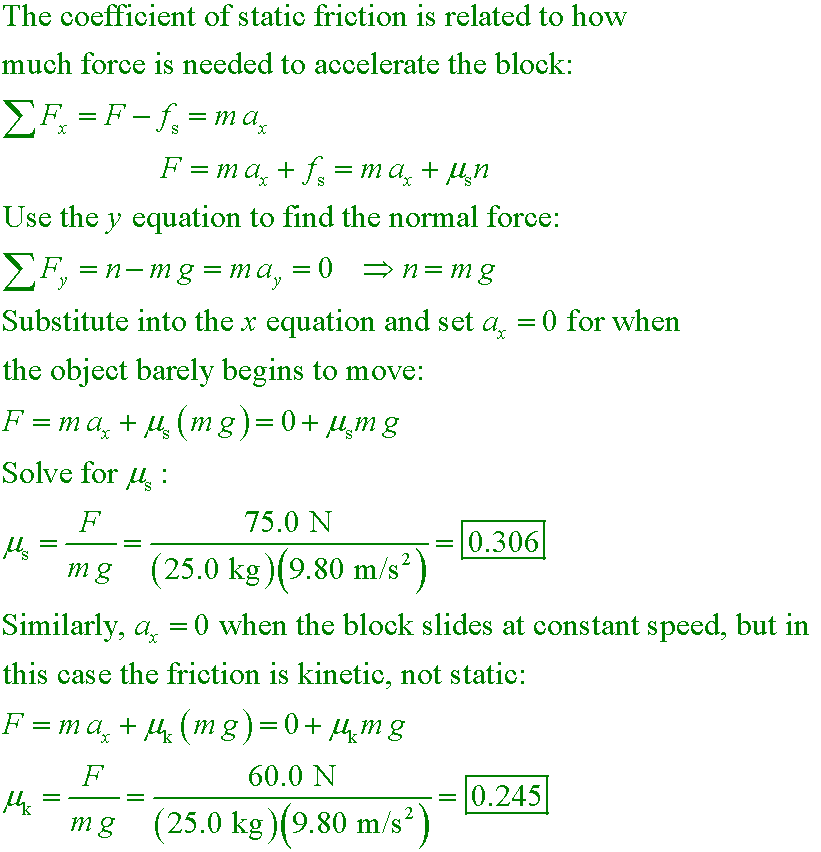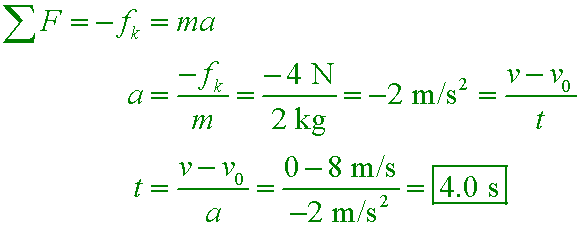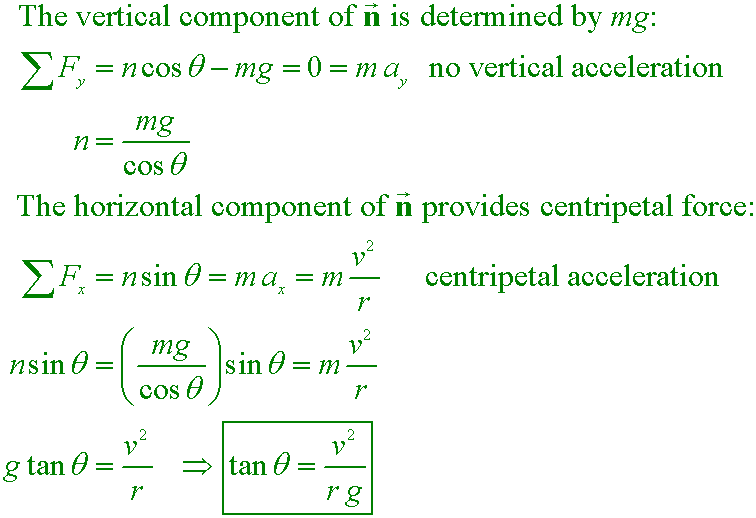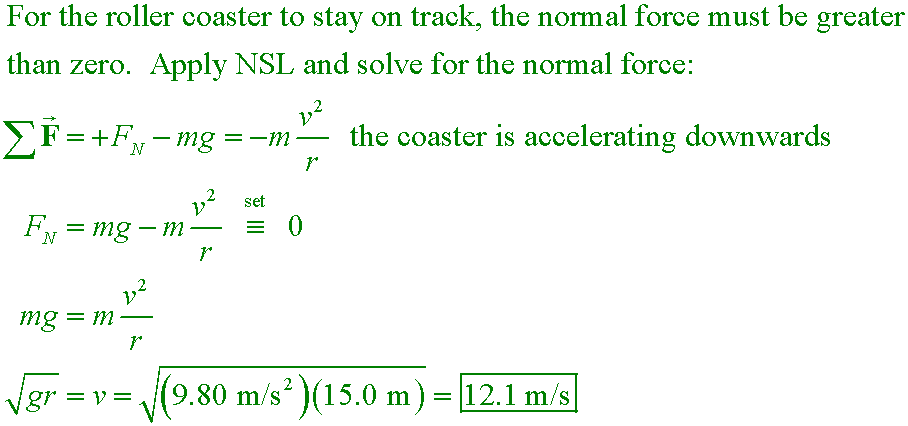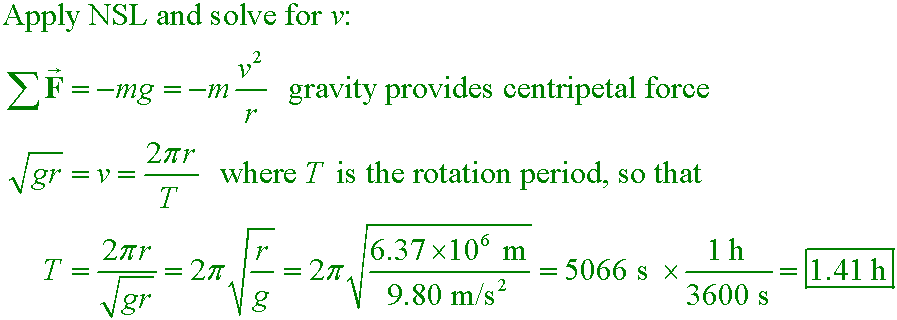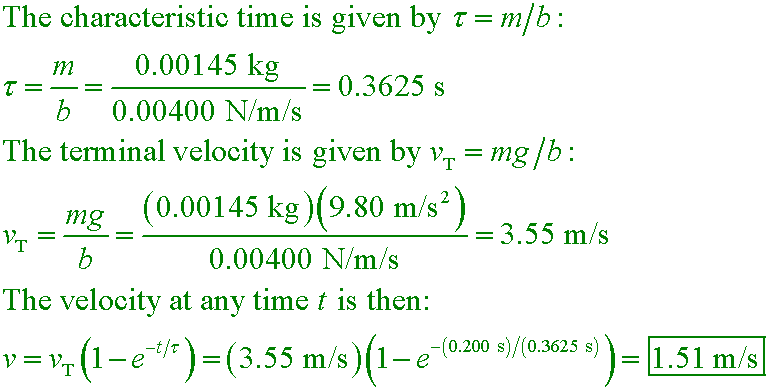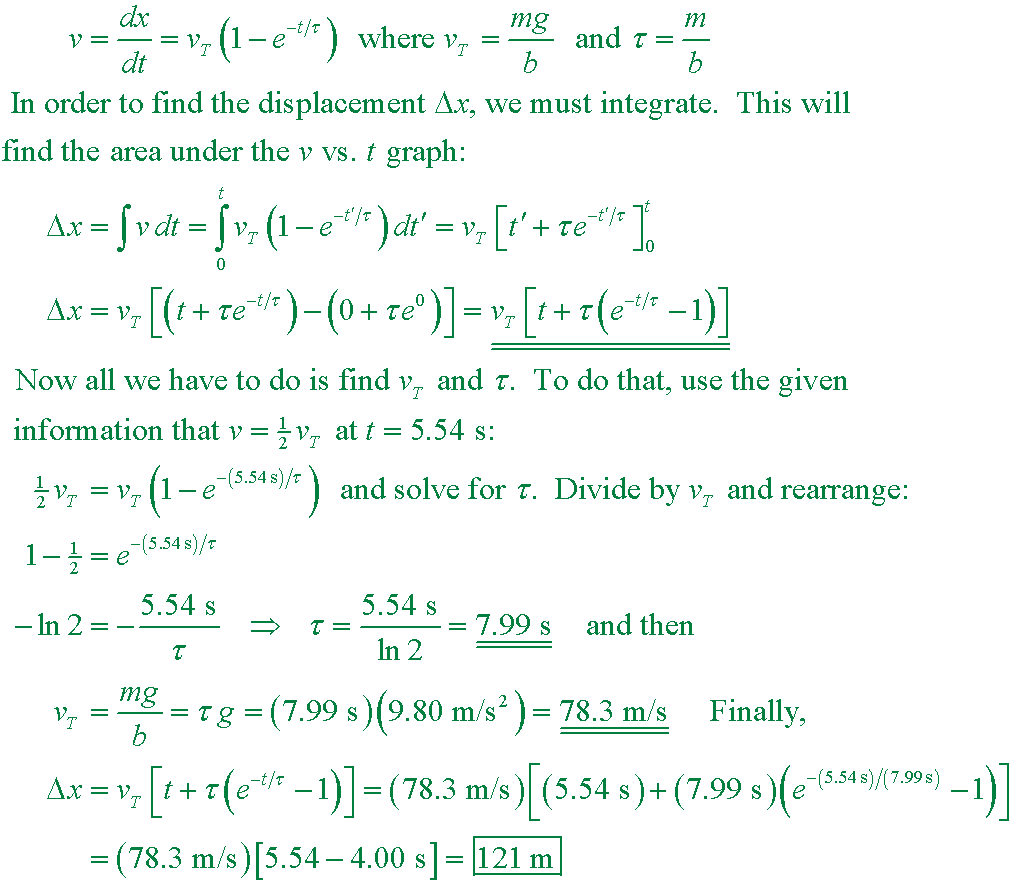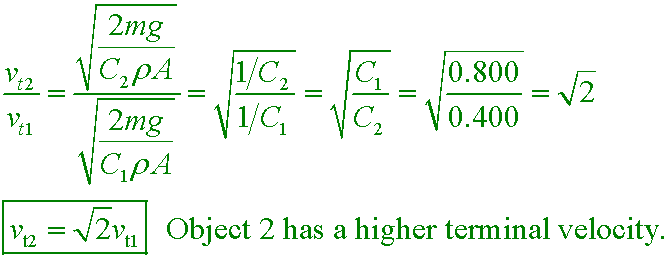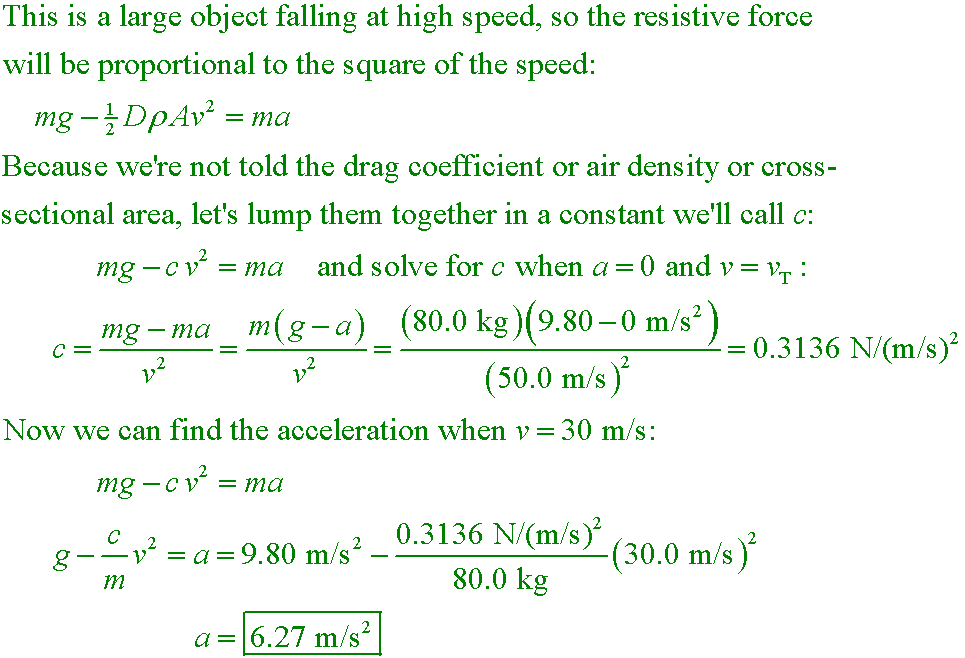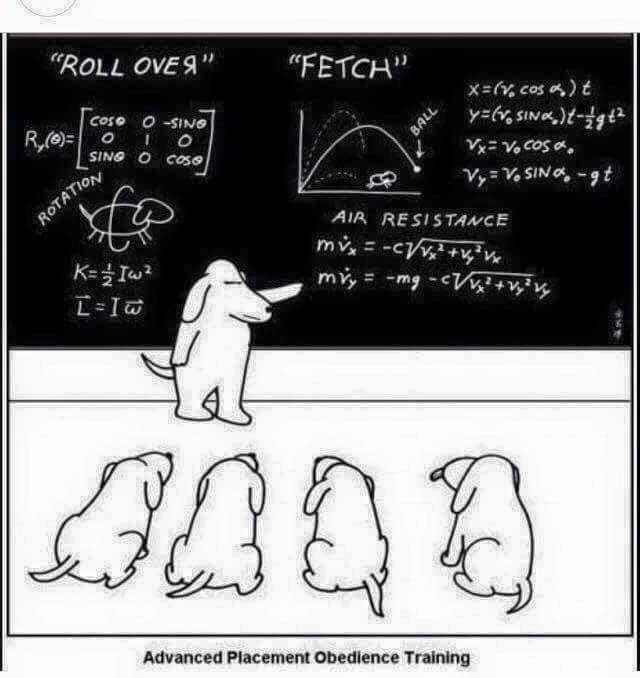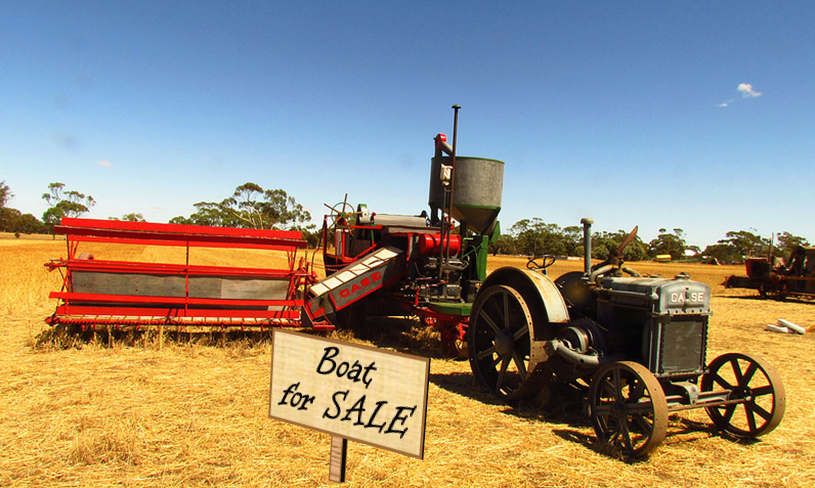Bonus question Ch.05
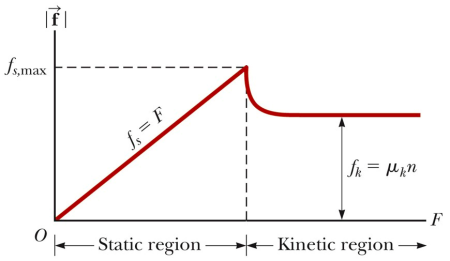
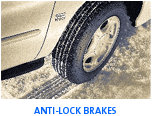
- static
- sliding
- static and kinetic applet
- BU static friction applet
This applet shows the free-body diagram of an object that is subject to a static friction force. It does not show motion of the object the way the above applet did in lecture, and it doesn't draw a graph to compare static and kinetic friction (Figure 5.17 p. 115).
- antilock brakes Example #1
Example #3
Example #4
End of material on Exam I
- Bring a calculator (no mobile devices allowed) and your prepared 8-½×11 reference sheet
- 6 true/false questions (12 pts)
- 6 multiple-choice questions (18 pts)
- 3 free-response questions, each with multiple parts (70 pts)
- See study guide for topic list, also in Canvas Exam I module
Chapter 6
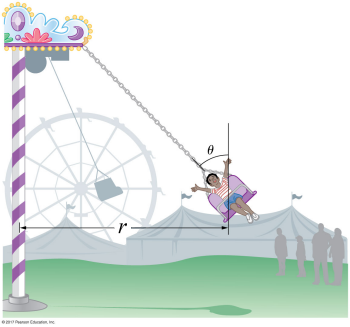
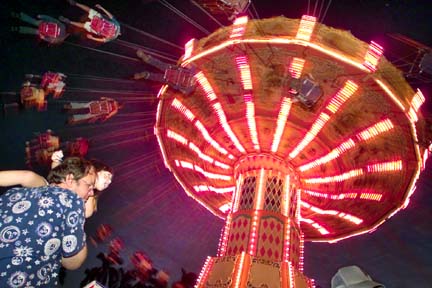
Example #6
Example #7
Example #8
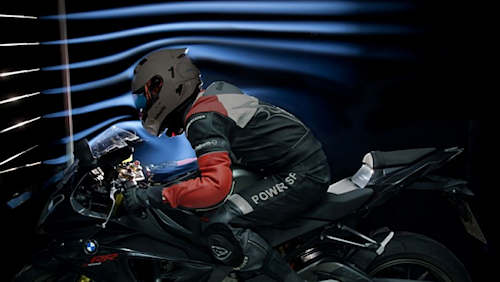
- Animated applet
- BU fluid resistance applet
This applet is similar to the above except it compares the motion of two balls falling through two liquids. The default is no liquid, so try clicking "Water" for fluid 1 and "Olive Oil" for fluid 2, then press "Play".
- Low speed, small objects: R = −bv Example #9
- High speed, large objects: D = −½CρAv² Example #11
Example #10
Example #12

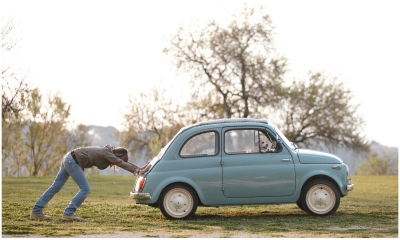
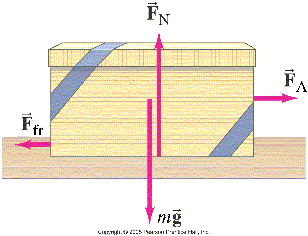
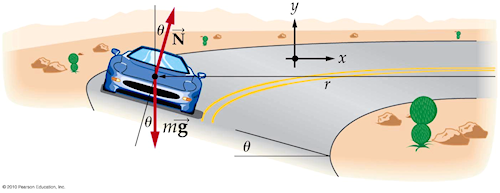
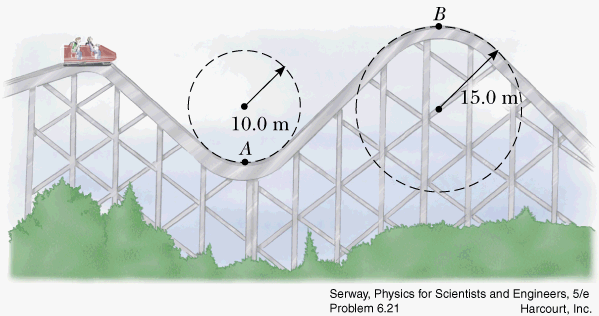
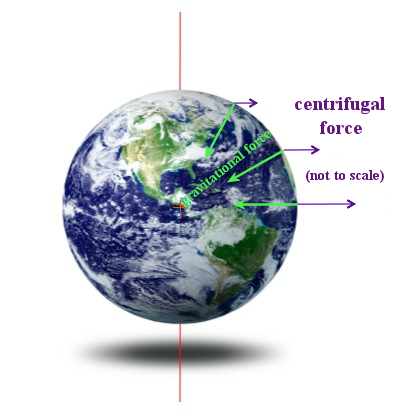 A. 22.6 h
A. 22.6 h